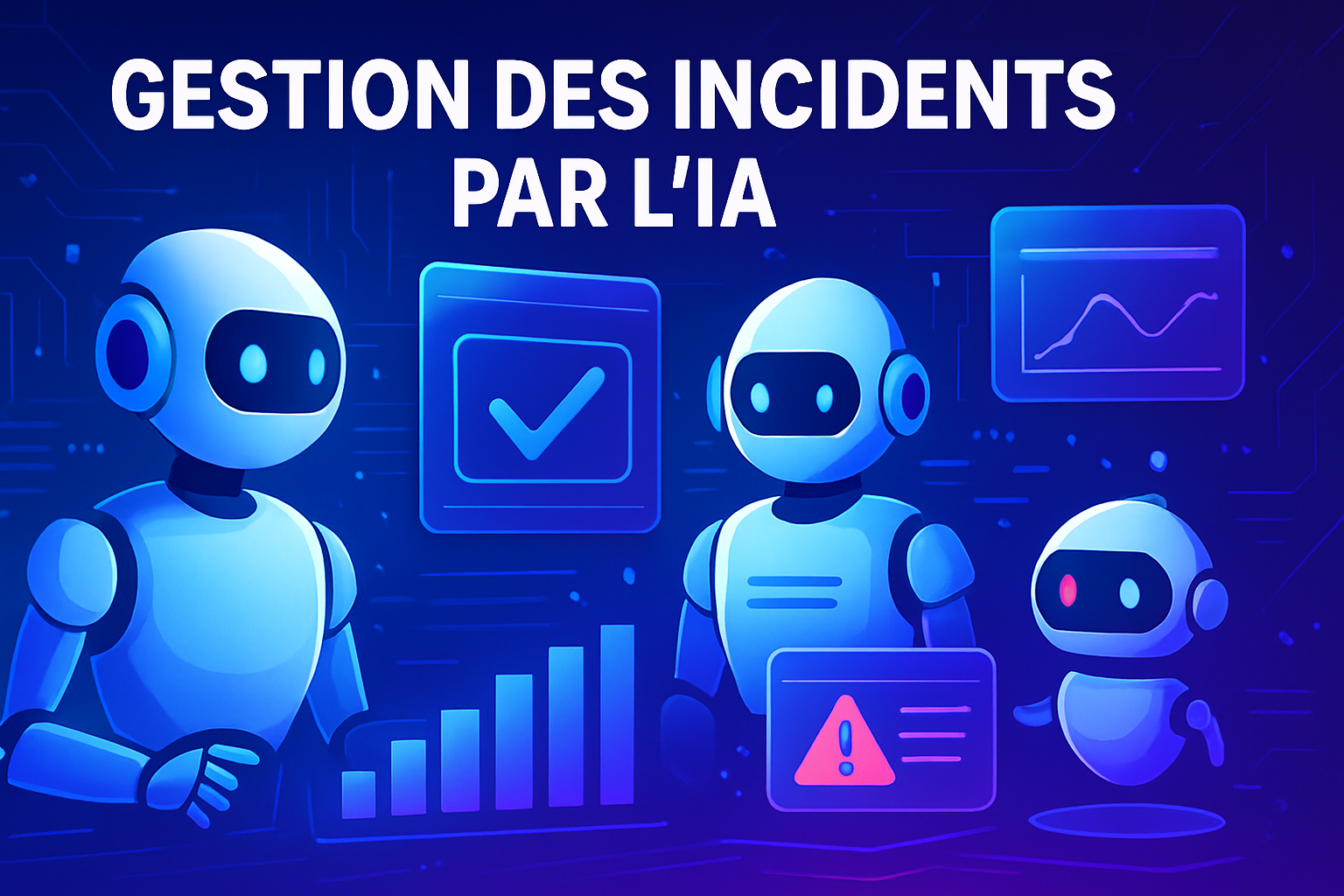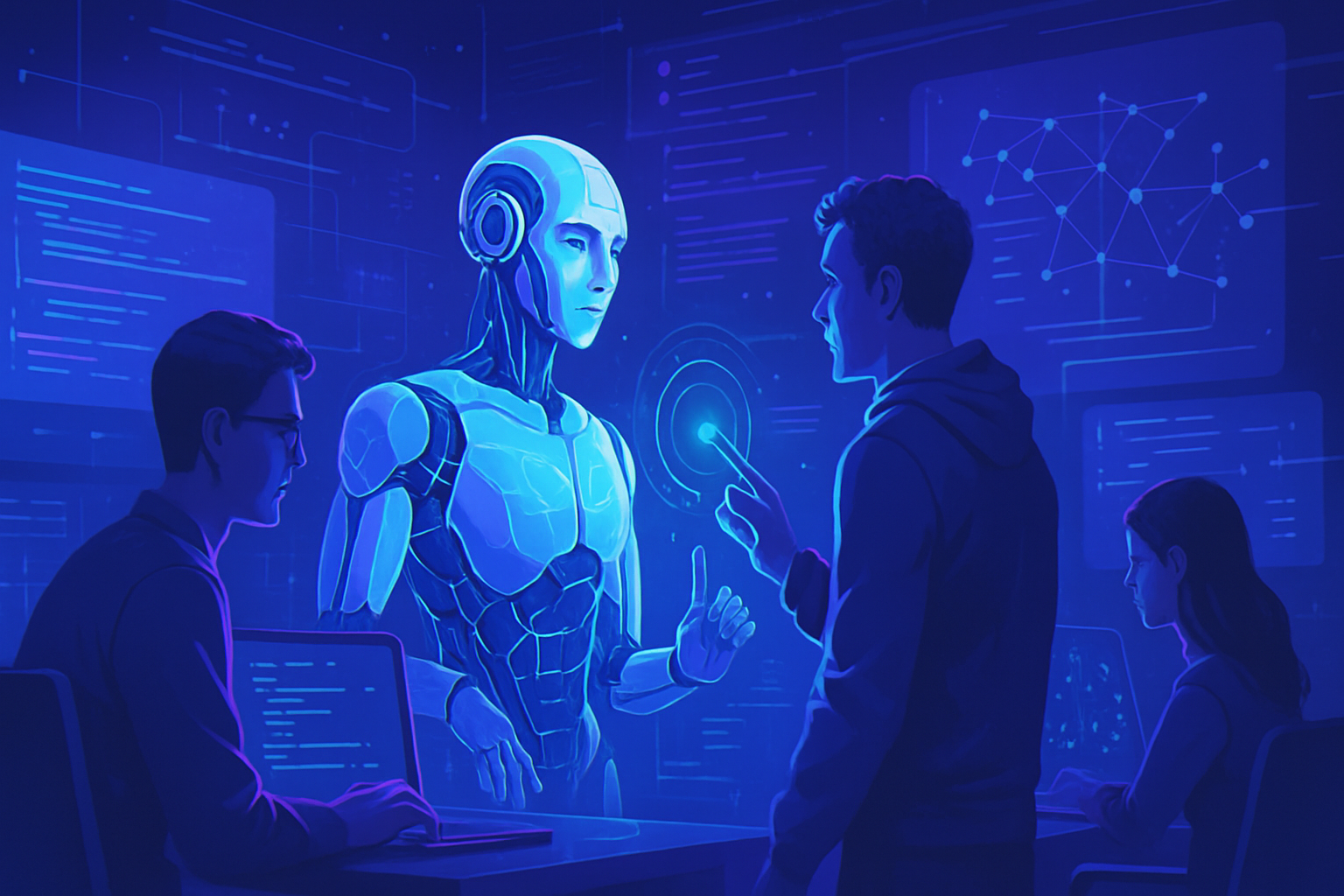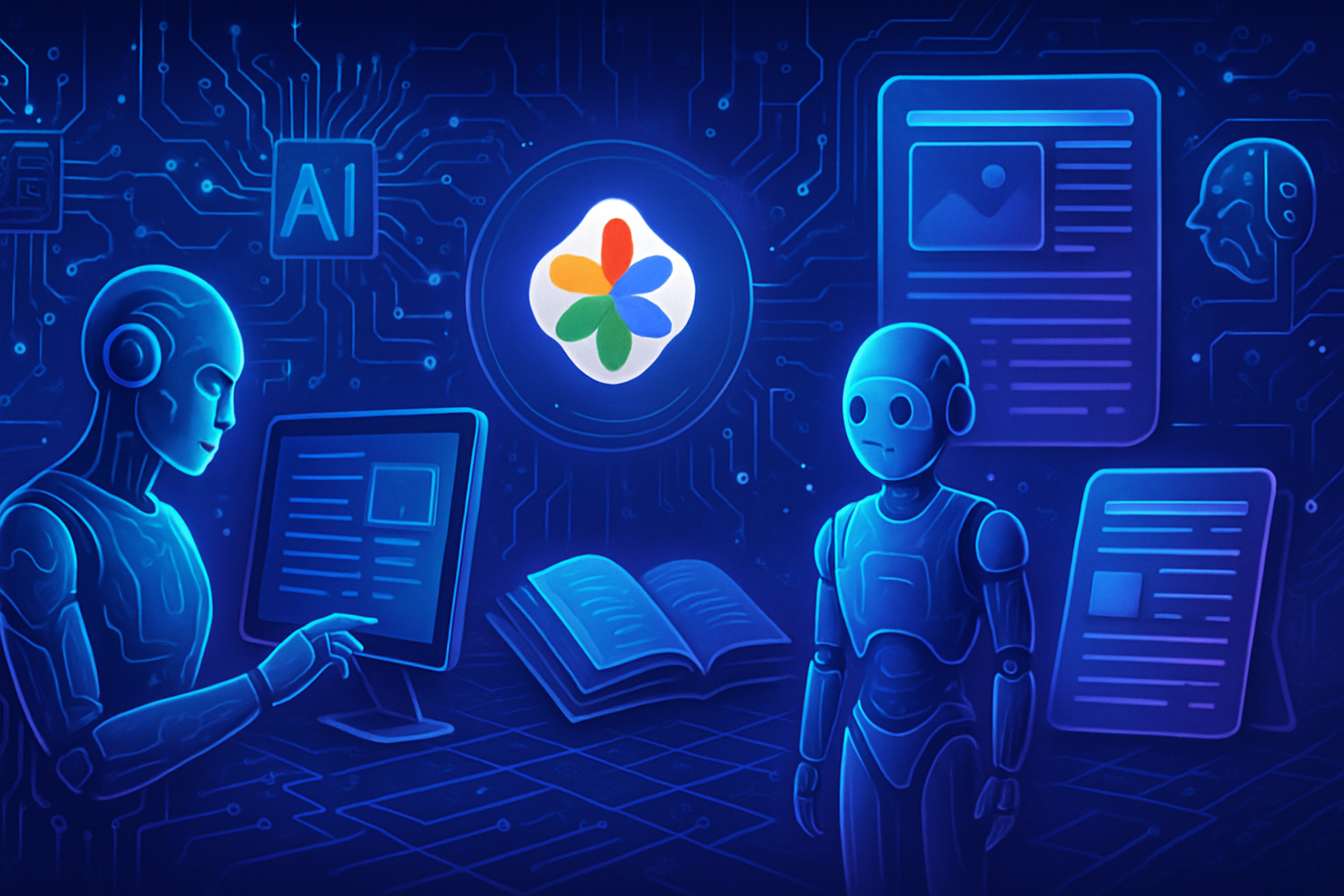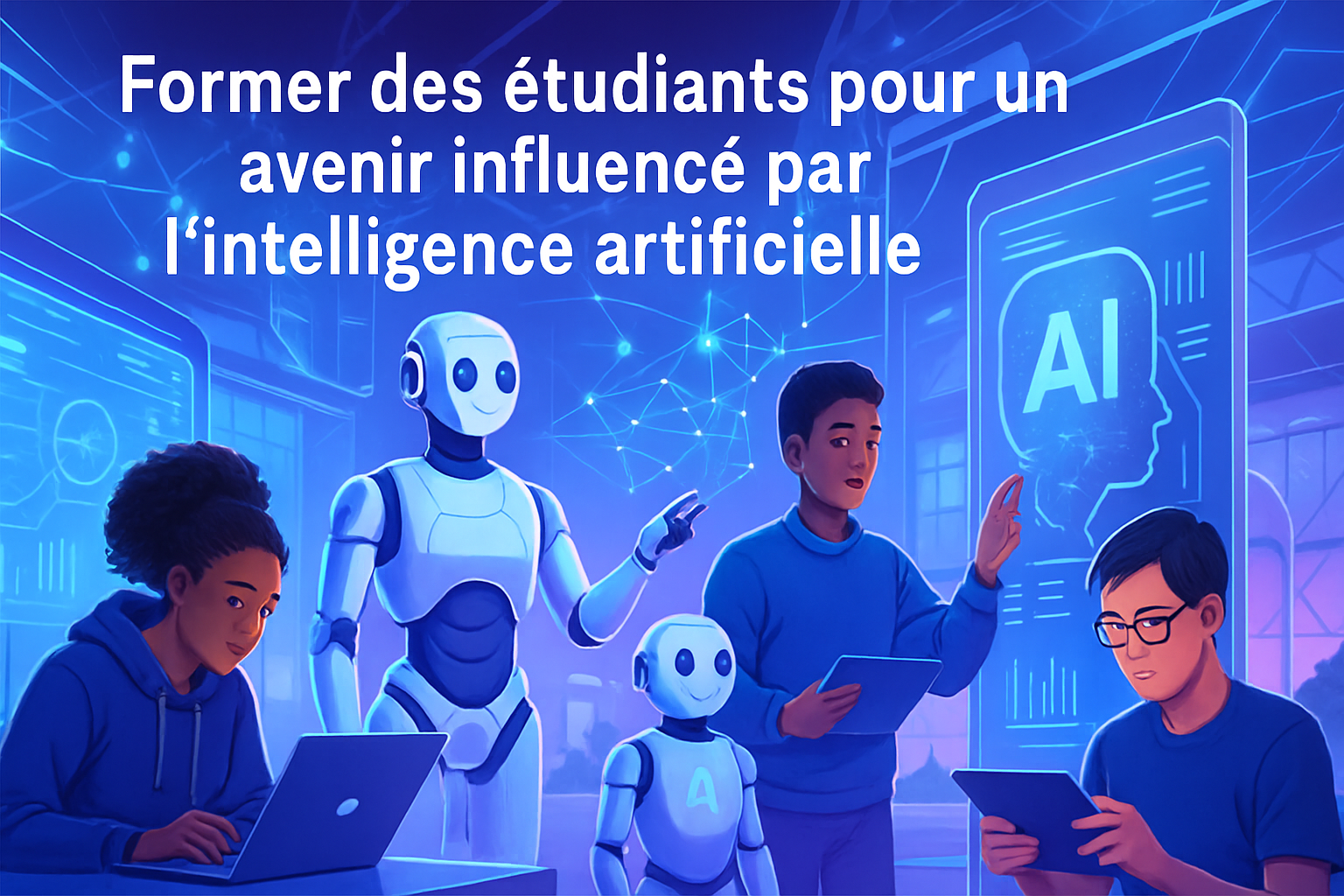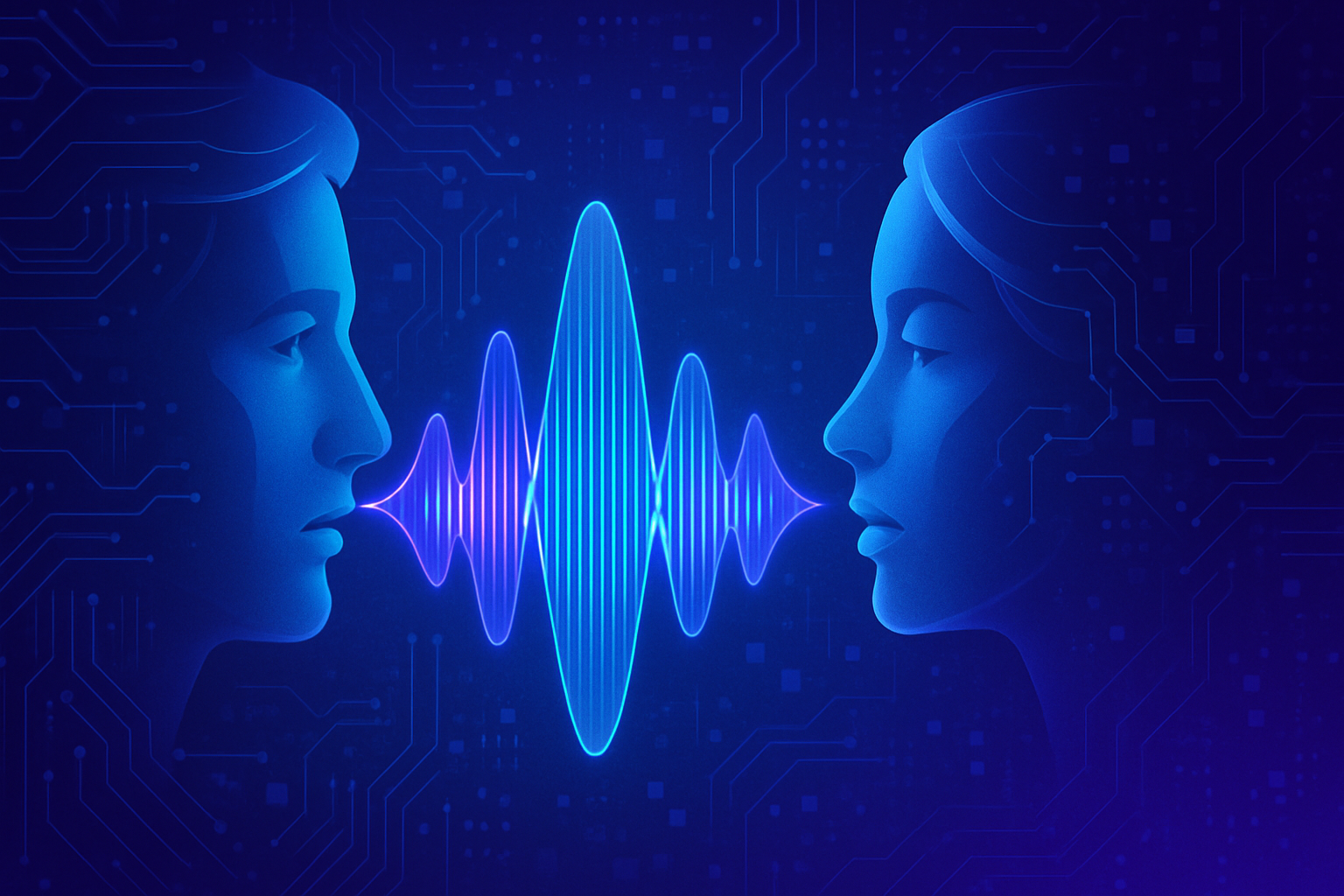The landscape of modern work is being redrawn. The rise of artificial intelligence is reconfiguring professional practices with unprecedented intensity. The essay by Juan Sebastian Carbonell, titled “Augmented Taylorism,” reveals the disastrous consequences of this transformation. Workers are experiencing a dequalification of their skills, making them vulnerable to rampant automation. Precariousness seeps into all sectors, challenging the foundations of work organization. Could this new paradigm threaten the autonomy and creativity of individuals? Shedding light on this mutation is imperative in the face of the surrounding uncertainty.
The Rise of Artificial Intelligence
The growing role of artificial intelligence (AI) in the professional realm is radically altering traditional working methods. This technological evolution raises unprecedented issues regarding qualification and job security, impacting various sectors of activity.
A Taylorism 2.0
Juan Sebastian Carbonell, a labor sociologist, outlines in his essay titled Augmented Taylorism, the concerning consequences of integrating AI into work processes. This dynamic results in a growing dequalification of workers, where the automation of tasks once performed by employees leads to a loss of essential skills.
Consequences for Professions
In the context of his analysis, Mr. Carbonell observes that advances in AI have the effect of simplifying, standardizing, and fragmenting various professions. Sectors as diverse as order preparers and oncologists are affected by this evolution, challenging the complexity and richness of the tasks to be accomplished.
The Impact on Worker Autonomy
Professionals also see their autonomy plunged into a zone of uncertainty. AI tools, far from relieving workers of repetitive and unsatisfying tasks, often impose increased control over their daily activities. Time-based evaluation methods, characteristic of Taylorism, are reinstated through digital technologies.
A Machine Dispossession
Carbonell introduces the concept of machine dispossession, which characterizes the relationship between workers and algorithms. Employees, having become appendices of these systems, are often reduced to peripheral roles, depriving their profession of its creative dimension and added value. This tendency is particularly evident in fields requiring high expertise.
A Change in Work Quality
The impact of AI is not limited to the mere automation of tasks. The very quality of work is altered, as creativity and critical analysis often give way to standardized procedures. This transformation can degrade the professional experience and turn enriching professions into repetitive and monotonous functions.
The Perspective of Digital Platforms
Digital platform companies perfectly illustrate this phenomenon. Models like these apply sophisticated algorithms to optimize productivity, while exerting rigorous control over worker performance. This particular vision of work, rooted in Taylorism, generates precariousness that intensifies employees’ dependence on automated systems.
Societal and Ethical Challenges
These upheavals raise significant ethical and societal questions. The need for a balance between technological innovation and the safeguarding of workers’ rights is more pressing than ever. Discussions surrounding the impact of AI on professions must consider the imperative of respectful work that upholds human dignity.
The Implications for the Future of Work
At the dawn of this technological era, it is essential to monitor emerging trends and their repercussions on the professional world. The impact of AI on employment calls for reflection and collective responsibility. Thought leaders must engage in dialogue to anticipate innovative solutions adapted to the challenges posed by this new environment.
Global Perspectives
The effects of artificial intelligence extend beyond national borders and touch upon the very essence of work organization at the global level. To better understand these dynamics, studies such as that of TechEx Europe 2025 can provide valuable insights.
Practical Conclusions
Recent advances, particularly by companies like Google DeepMind, demonstrate the necessity of maintaining a continuity of identity at the heart of professions, even amidst technological evolution. The pursuit of a balance between technological efficiency and personal fulfillment required by this new environment becomes paramount. Mr. Carbonell invites us to reflect not only on the future of work but also on human dignity within automated systems, a vast and complex challenge.
The work of Carbonell and that of other researchers highlight the imperative need for a collective awareness, in the face of these inescapable movements. Successfully articulating technology and humanism will undoubtedly be the true challenge of the coming years.
Frequently Asked Questions
What is the definition of “Taylorism 2.0”?
“Taylorism 2.0” refers to the adaptation of traditional Taylorism principles to the digital age, where artificial intelligence (AI) is used to streamline and optimize work methods, often at the expense of the employees’ working conditions.
How does artificial intelligence change working conditions?
Artificial intelligence can lead to simplification and standardization of tasks, reducing worker autonomy and increasing precariousness in certain sectors.
Which types of professions are most affected by “Taylorism 2.0”?
Various professions, ranging from order preparers to oncologists, can suffer the consequences of “Taylorism 2.0,” as AI often simplifies their tasks predominantly.
How does AI influence workers’ creativity?
According to critics, AI can erase the creative gestures of professions, reducing workers to roles of “appendices,” which limits their ability to engage in enriching tasks.
What are the implications of increased surveillability due to AI?
The implementation of monitoring tools, such as task timing, can intensify pressure on workers and negatively affect their morale and productivity.
How do companies justify the use of AI in the workplace?
Companies often argue that AI increases efficiency, reduces costs, and optimizes processes, but this can also lead to a deterioration of working conditions.
What solutions can be considered to mitigate the negative effects of “Taylorism 2.0”?
It is crucial to establish regulations to protect workers, promote training for the use of AI, and reevaluate work methods to encourage autonomy and creativity.
What is the relationship between “Taylorism 2.0” and job precariousness?
“Taylorism 2.0” can lead to job precariousness by fragmenting tasks, which can result in job instability and a reduction of social protections for workers.
Are workers better prepared to face the transformations caused by AI?
Unfortunately, many workers lack adequate training to adapt to new technologies, which exacerbates the challenges related to “Taylorism 2.0.”


